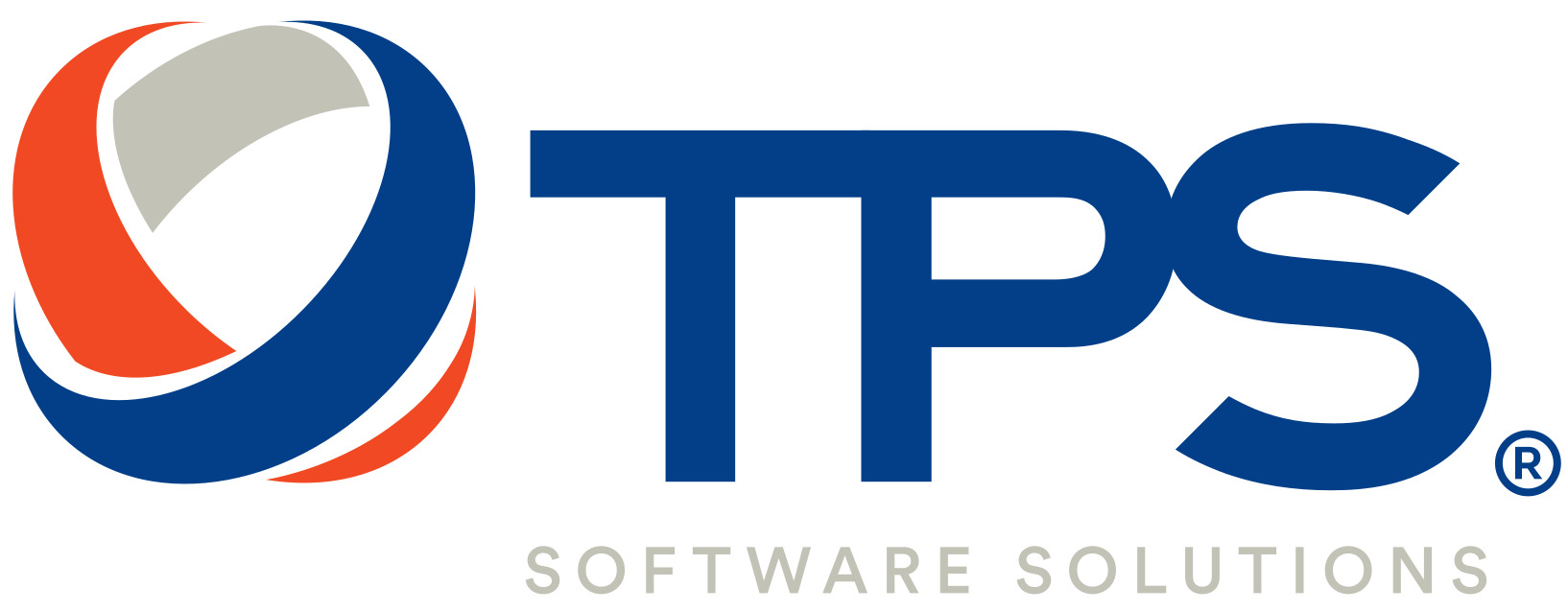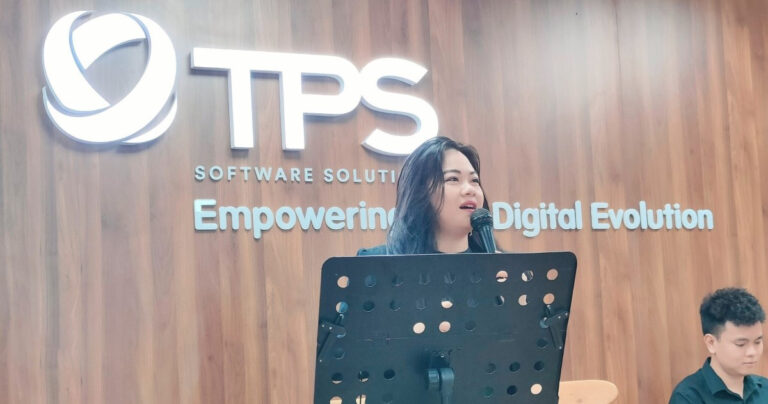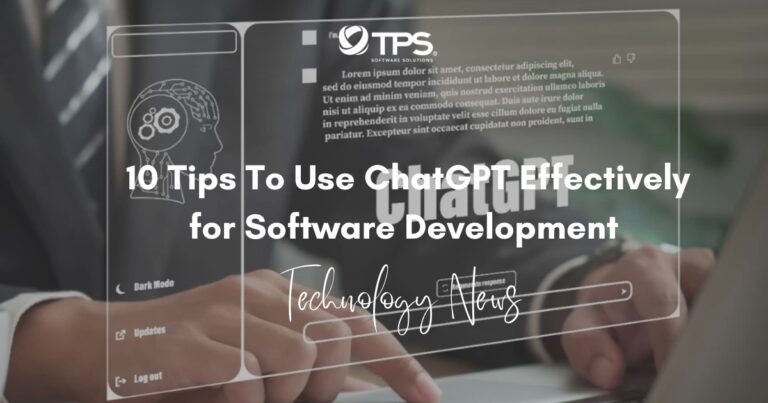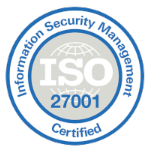What is a custom software development agreement template ?
As an enterprise having several dealings with outsourcing partners during the course of software development projects. You and your vendor need to establish a level of trust for your partnership to thrive. How can you establish reliability while protecting your legal interests and those of your vendor? Let’s take a look at the custom software development agreement template and what its main provisions are.
A legally binding agreement, the custom software development agreement template specifies the parameters of the client-developer partnership. It helps both parties minimize danger and maximize gain. The success of the project and the developer’s pleasure in their work may be guaranteed with solid terms.

Key terms of a custom software development agreement
1. Offered Services and Provided Resources
Details about the software’s creation are found in the contract.
- The kind of the services to be offered.
- The location and time of service delivery.
- Personnel selection/approval procedure.
Software development agreements often call for design, coding, QA, and even workshops to be carried out. In addition to outlining the scope of services to be rendered, it may also detail the outcomes that are to be achieved (for example, designs, application modules or software features). The specs might either be a working version of the program or written in a language that isn’t technical.
The agreement also specifies how modifications to the project’s scope or specifications are to be handled. As the project schedule and budget may be affected, such a change should only be made with mutual consent from all parties involved.
Additionally, the persons to perform the services are detailed in the contract, including particular individuals with skills and abilities to be authorized by your organization or the outsourcing companies. In the contract, these people are just generically mentioned rather than being identified. Two python back-end programmers, one react front-end programmer, etc. You may have the option to
approve the proposed personnel if the agreement specifies the procedure of staff selection or approval.
Finally, the software development agreement specifies the location (totally remote or on-site) and time (including time for cooperation across time zones) of service delivery.
2. Deliverables and Criteria for Acceptance
In this part, you will define what constitutes a successful project. Job acceptance criteria should be expressed in straightforward language to minimize misunderstandings and conflicts.
Before beginning the process of creating a product, an outsourcing software developer and a client work together to establish acceptance criteria for the necessary application, which are grounded in the system requirements.
When a project is finished and the created software fulfills all established criteria, a Certificate of Acceptance is occasionally sent to the client in fixed budget contracts. Both the software seller and the client may rest certain that the project was completed successfully because of this certificate’s confirmation that the program meets all contract criteria.
Time and materials contracts often call for a monthly report and acceptance certificate to be sent to the customer outlining the work completed and the time allotted to it.
In any instance, testing the software’s functionality is essential for establishing whether or not it satisfies the requirements. Detailed instructions for the performance evaluation and the forms of feedback that will be accepted are outlined in this part of the contract.
3. Pricing and Payment Conditions
Depending on the kind of agreement, this section will outline the payment schedule.
In a fixed-price contract, this clause specifies the total amount to be paid, whether or not payments will be made upon the completion of certain milestones, and the duration of the project.
However, in a time and materials agreement, this clause specifies the vendor’s hourly rate. Payment schedules such as weekly, monthly, quarterly, or based on project milestones are outlined.
The contract also specifies the level of information to be supplied by the vendor in their work logs, as well as the frequency with which the vendor is required to report or update the client.
4. Intellectual Property Rights
One of the most important parts of the contract is the clause that determines who gets to keep the software’s intellectual property rights. It cannot be emphasized enough that the finished product belongs to the client. Therefore, the client becomes the legal owner of the developed application’s source code, or, in the case of Open Source software, the legal right to deploy it.
The software business is not allowed to make any financial gain from the software it develops. In the contract, the software development company must expressly relinquish all rights, title, and interest in the final product to the client’s business. Additionally, the agreement should provide that your organization will retain ownership of any and all code developed up to the point that it is terminated.
When creating software using open-source tools, it’s important to read the license conditions carefully, since some agreements stipulate that any changes made to the original code must also be released under an open-source license. The kinds of licenses that may and cannot be utilized in creating the program may be spelled out in the agreement. It’s possible that you’ll want the vendor to provide a list of the Open Source components installed at the agreed upon location. It is your responsibility to check if the licenses allow the Open Source components to be used in the product in the same manner that the vendor has implemented them. If the open-source tools’ license stipulates that you need the author’s permission before using them, then your business must get that permission in advance.
Remember that the author will retain ownership of any open-source components, while you or your company will own any custom code written by the programmer. This is due to the fact that the client does not own the Open Source components, but rather just has a license to utilize them.
5. Confidentiality (Non-Disclosure Clause or Agreement)
This clause protects your company and the software development industry from having confidential information leaked. Your company and the software developer may come to an understanding on what information should be protected and the repercussions of leaking that information.
If the confidential information included in the contract is extensive, a separate non-disclosure agreement (NDA) might be drafted and attached to the master custom software development agreement. The secrecy requirement under the software development contract of NDA would normally survive the end of the project.
6. Non-compete Protection
It’s crucial to check that your provider won’t provide your competition with an identical service. Within a certain period of time after the project is finished, the service provider is forbidden under the non-compete contract from developing equivalent software for your rival. This ensures that your company keeps its edge in the market.
7. Compensation for Damages
Both the seller and the customer make certain promises about the goods and the project itself in the warranties section. They often correlate with the efficiency with which the program performs its intended tasks.
A warranty may be a pledge by the seller to the client that the software will work as intended, in line with the specifications, for a set length of time. If such is not the case, the seller may be responsible for paying damages to the customer. For instance, if the developed software has any issues, such as bugs or malfunctions, the vendor must fix or replace it.
Other sorts of guarantees that might result in financial compensation include assurances that the software is not stolen or that it does not infringe on the rights of a third party’s intellectual property.
8. Governing Law and Jurisdiction / Dispute Resolution
The governing legislation and dispute resolution clauses are also crucial parts of a software development contract. Make sure that the contracts are governed by the laws of your nation (or state), and that local courts have jurisdiction in the event of a disagreement.
Further, adopting conflict resolution methods may help both parties save money by avoiding costly court battles. The software provider and the customer may settle the dispute by arbitration or mediation.
After hearing the arguments of both sides, the arbitrator (or arbitrators) will provide a binding ruling. Whereas in mediation, a third party (the mediator) meets with both parties to help them talk through their issues in a productive way.
9. Collaboration Termination
The termination clause may outline the process and required notice period for terminating resources allocated to your project and the whole contract. When quitting a job, it’s standard procedure to submit your resignation in writing.
10. Modifications to the Agreement
Finally, the contract should specify how to change its terms and conditions. Changes to the contract should be needed in writing for both parties’ records. Written amendments shall be introduced in the manner specified in the contract’s final terms.
When a fixed-price payment method is utilized, changes in scope and the accompanying changes in price and implementation timeline should be disclosed in the contract’s Appendix. Remember to provide the date on which the modifications will take effect, such as when the rate for pricing calculation will change, which may be weeks or even months after signing the Appendix.
Conclusions
The custom software development agreement template should explicitly lay out the parameters of cooperation in order to generate confidence with a provider. The services to be delivered and their specifics should be spelled forth. The contract should also include the mode of payment and the frequency of payment for the services. In addition, the contract should address and influence the transfer of intellectual property rights in the program. Lastly, the contract should specify the legislation to be applied, the courts with whom any disputes would be heard, and the procedures to be followed in the event of a disagreement. Both of these would help you and the vendor avoid disagreements over the terms of the contract and better define your respective responsibilities.
